In honor of Caribbean American Heritage Month, we are exploring the earliest inhabitants of our beloved Virgin Islands. The Taino were a creative, peaceful culture who left a unique cultural legacy in the Caribbean. For those who are unfamiliar with the term “Taino,” it refers to “the Arawakan-speaking peoples of the Caribbean who arrived from South America over the course of 4,000 years,” according to an article in National Geographic.
Once the most numerous indigenous people of the Caribbean, the Taino may have numbered one or two million at the time of the Spanish conquest in the late 15th century which vanquished the population within 20 years of Christopher Columbus’ first arrival in 1492. The Arawak speaking people are generally believed to have migrated from the Amazon River Valley and Orinoco regions of Venezuela and Brazil, settling on the islands near coasts and rivers.
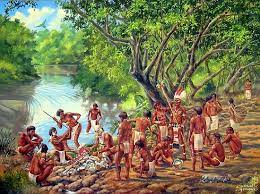
Predecessors of the Taino people are known to have existed at a site in Lameshur Bay since around 840 B.C. according to Ken Wild, an archaeologist with the Virgin Islands National Park. He’s accustomed to finding Taino sites, dating from around A.D. 900 to 1450, in numerous locations on St John but was especially excited to discover unique pottery at Cinnamon Bay which is estimated to date back to 100 to 500 AD. Little is known about these early inhabitants or whether they were related to the indigenous Taino people who settled in the Virgin Islands approximately 1400 years ago in established villages at Cinnamon Bay, Coral Bay, Caneel Bay, Lameshur Bay and Trunk Bay.

On Christopher Columbus’ first expedition in 1492, he encountered a peaceful, kind people on the Bahamian island of Guanahani which Columbus later named San Salvador. Of these Taino people, Columbus wrote:
“They traded with us and gave us everything they had, with good will…they took great delight in pleasing us…They are very gentle and without knowledge of what is evil; nor do they murder or steal…Your highness may believe that in all the world there can be no better people…They love their neighbours as themselves, and they have the sweetest talk in the world, and are gentle and always laughing.”
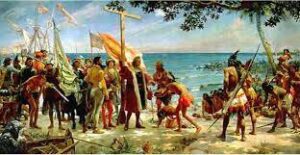
On November 13, 1493 during Christopher Columbus’s second voyage, he arrived at St. Croix’s Salt River where he had his first hostile encounter in the New World. He was informed by captive translators that these people were Caribs whose Arawakan equivalent is the origin of the English word cannibal. The exonym Carib was then used by Columbus to distinguish the indigenous groups that they considered hostile. The descriptive of the Caribs as cannibalistic, whether true or not, was beneficial to the Spanish crown as it became a rationale for conquistadors to exterminate and/or enslave these indigenous people by decree of Queen Isabella in 1503. Their name was given to the Caribbean Sea and was officially changed from ‘Carib’ to ‘Kalinago’ in Dominica in 2015.

The Taíno were historically enemies of the neighboring ‘Kalinago’ (Carib) people, who had conquered the Lesser Antilles although, to date, there has been no demonstrative archaeological evidence for an island Carib presence in the Virgin Islands. On the contrary, the discovery of Taino pottery and a Batèy ball court at Salt River confirms the influence of the Taino culture on St. Croix. Additionally, it was recorded that a woman was leading the defensive. Carib culture did not elevate women to such a position. However, Taínos lived in a matrilineal society which allowed women to become chieftains (caciques).

Columbus named the island Santa Cruz and sailed among the other nearby islands including St. John, giving them the name of Eleven Thousand Virgins. This was in honor of St. Ursula and the 11,000 Virgin Martyrs of Cologne. During this trip, Columbus introduced sugarcane to the islands, a crop that for centuries would shape the economic life of the region.

The ultimate purpose of Columbus’s second voyage was to colonize, control and exploit the islands. His goal was to bring to the Spaniards “as much gold as they need…and as many slaves as they ask.” He brought a large-scale expedition of 17 vessels with 1,500 men, warhorses, war dogs, and ample military equipment to terrorize, enslave and exploit the native population.
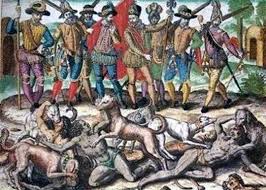
According historian Kirkpatrick Sale, each adult over 14 years of age was expected to deliver a hawks bell full of gold every three months, or when this was lacking, twenty-five pounds of spun cotton. If this tribute was not brought, the Spanish cut off the hands of the Taíno and left them to bleed to death. Moreover, in A Short Account of the Destruction of the Indies (1542), Bartolomé de Las Casas paints a horrifying portrait of depredation, slavery, slaughter, and sexual abuse by the Spanish. The change to the Taino population was so dramatic because they were a peaceful, healthy, strong, happy tribe that was still developing, but Columbus had brought with him torture, depression, harsh work conditions, starvation, and disease and their numbers fell quickly.
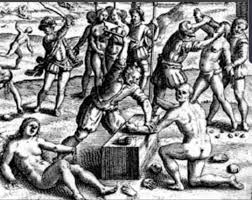
The Taino had no written language and spoke an Arawakan language that was easily distinguishable from that of their mainland ancestors. Taino is actually the Arawak word for peace [good or noble]. There are many common English words derived from Taíno language such as hurricane, which comes from the Taino god of wind and water, Jurakan. Other popular words include barbecue, cassava, cay, guava, hammock, hutia, iguana, macana, maize, manatee, mangrove, maroon, potato, savanna, tobacco and canoe.
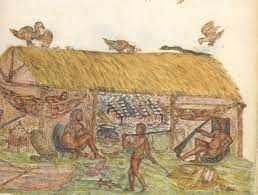
The kanowa,” or “dugout canoe” were oceangoing canoes often large enough for many paddlers and supplies. The Taíno people lived in an area that was overflowing with resources. They traded constantly with each other and interacted with trade routes from the mainland, sending Caribbean products into Mexico and receiving Maya and even Aztec products in return.
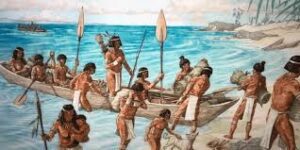
Taino lived in communal villages which were typically a ring of circular huts. The cacique lived in a large rectangular house with his wives; commoners lived in round thatched-roof huts with dirt floors and one door. They slept in hammocks.
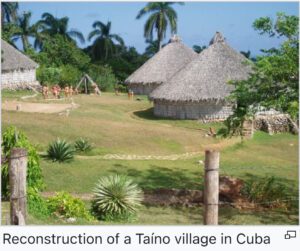
The Taino cultivated crops included cassava, potatoes (batata), corn, beans, garlic, yams, chilies, guava, pineapple, pumpkin, peanuts, mamey, cotton, and tobacco. They were also expert hunters and fishermen who used hemp, cotton and palm to fashion nets. Their skillful farming methods used a high-yielding form of shifting agriculture which required very little effort to maintain therefore affording the Taino plenty of free time to enjoy festivals and games of skill, like Batéy. Batéy is a game that used a rubber ball and was played on a small court in which two teams attempt to drive the ball past the other team’s backline without using their hands.

The Taino were on their way to a very complex society, very similar to that of the Maya and Aztec. They were a creative, resourceful people who made a pepper gas from chilis to defend themselves from warring neighbors. Their skill was also evident in the preparation of cassava, a major food staple commonly known as yuca or manioc. Cassava is a tuber root vegetable that has to be specially prepared because it is toxic in its natural state. To make it edible, the clever Tainos used a wicker device that extracted the poisonous cyanide before drying and grinding the remaining root. Many Taino chose to drink this poison rather than succumb to the harsh cruelty of the Spaniards.

Slaving expeditions during the early years of the colony were undertaken to resupply the island’s labor force as the Taino population declined. The long-term demographic consequence for the Caribbean islands was a population of largely European or African origin, or a mixture thereof, with little remnants of the original indigenous population, although the significant cultural legacies of the Taino persist.
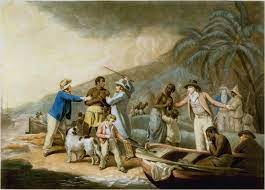
It is interesting that many Puerto Rican Taínos apparently went down island with the Caribs rather than submit to the Spaniards. This has been noted by historians as a Taíno exodus. Some also fled to Dominica, Guadeloupe, and other islands of the Lesser Antilles. Not only did Caribs aid Taínos in their wars against the Spaniards then, but also received them as refugees and sheltered them from their enemies. Were the exodus as large as one might be led to believe, it is probable that historic Island Carib culture had blended with Taíno.

Many people still claim to be descendants of the Taíno, most notably Puerto Ricans, both on the island and on the United States mainland. People claiming to be Taíno descendants have been active in trying to assert a call for recognition of their tribe. A recent study conducted in Puerto Rico suggests that over 61 percent of the population possess Taíno mitochondrial DNA.
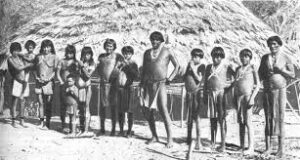
Maekiaphan Philips is a St Thomas woman who has been pushing the Virgin Islands government for tribal recognition. Phillips has been named “Kasike” (cacicque in Spanish) or “chief” of the Guainia Taino Tribe of the Virgin Islands, the first named chief in the Virgin Islands in hundreds of years explaining “We thought it best to link our tribal name to our Taino brothers and sisters in Puerto Rico; Guainia also links us back to the Amazon and Venezuela,”.
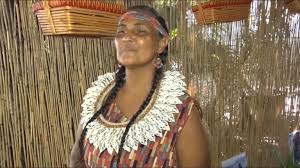
Next, I will delve deeper into Taino culture, art and religion uncovering the mysteries of Petroglyphs and Zemis.
I would like to thank the authors of the following bibliographies and references for their in depth studies into this profound history.
https://stthomassource.com/content/2021/02/11/taino-today-part-4-recent-discoveries-at-cinnamon-bay-show-presence-of-early-indigenous-culture/http://npshistory.com/publications/viis/cinnamon-bay-arch.pdfhttps://www.blackhistorymonth.org.uk/article/section/pre-colonial-history/taino-indigenous-caribbeans/http://uctp.blogspot.com/2007/01/taino-gold.htmlhttps://www.washingtonpost.com/history/2019/10/14/here-are-indigenous-people-christopher-columbus-his-men-could-not-annihilate/https://digitalcommons.wou.edu/cgi/viewcontent.cgi?article=1222&context=hishttps://www.smithsonianmag.com/travel/what-became-of-the-taino-73824867/https://www.nps.gov/viis/learn/timeline.htmhttps://www.nps.gov/articles/contact-period-sites-usvi.htmhttps://www.nationalgeographic.com/history/article/meet-survivors-taino-tribe-paper-genocide
http://www.stcroixarchaeology.org/files/Gudmund_Hatt_1924.pdfhttps://www.thebritishacademy.ac.uk/documents/3995/81p037.pdfhttps://www.persee.fr/doc/jsa_0037-9174_1984_num_70_1_2239http://npshistory.com/series/archeology/seac/air/salt-river-bay.pdfhttp://npshistory.com/series/archeology/seac/air/salt-river-bay.pdfhttps://www.newworldencyclopedia.org/entry/Tainohttps://visourcearchives.com/content/2012/07/22/exhibit-teaches-virgin-islanders-about-taino-culture/


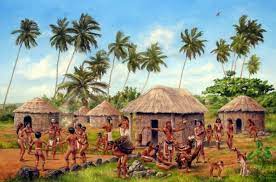
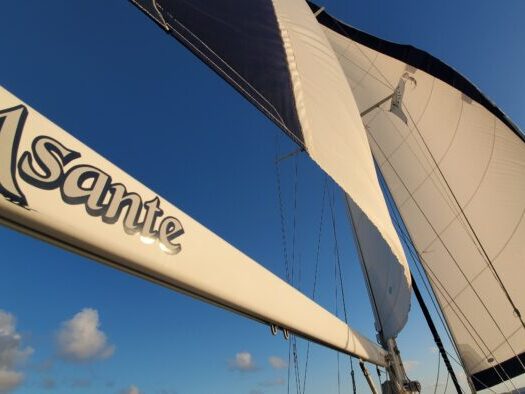
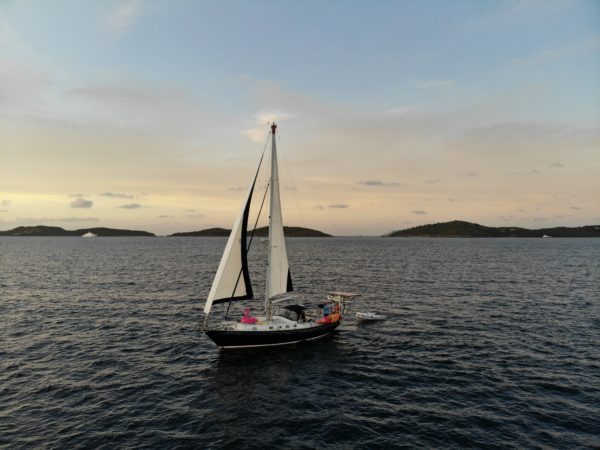

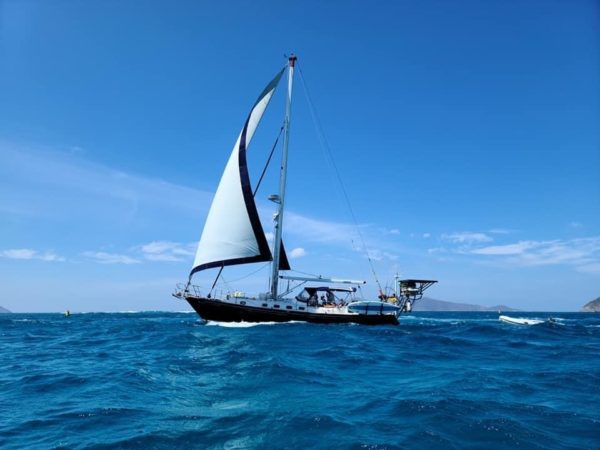
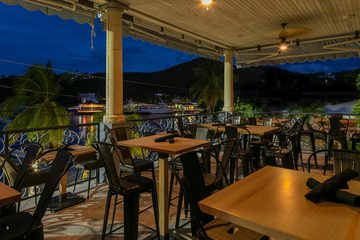
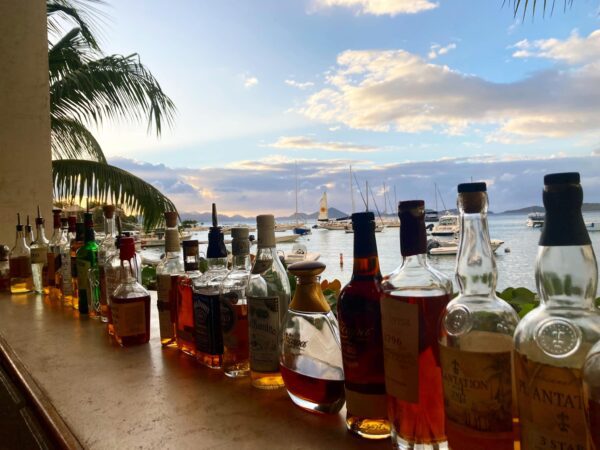
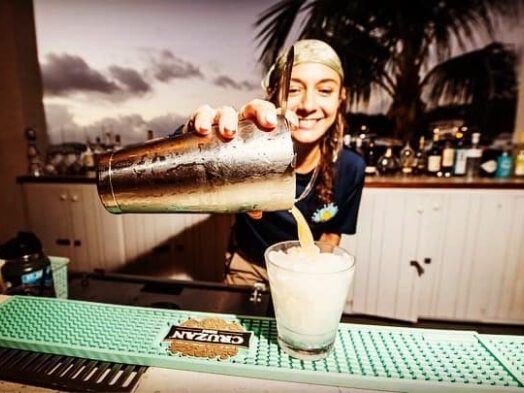
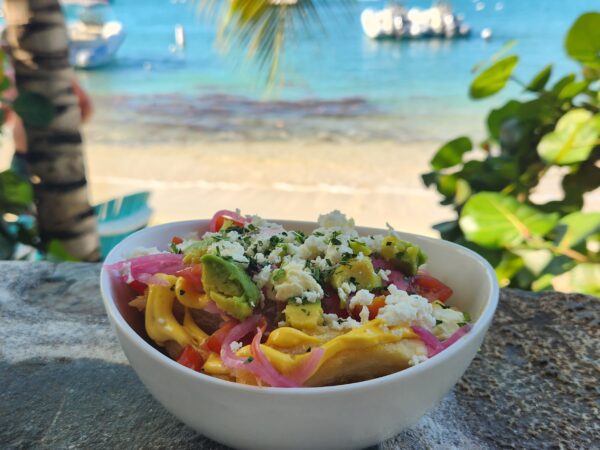
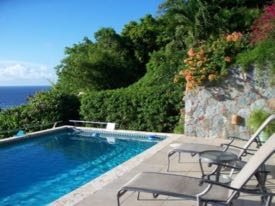
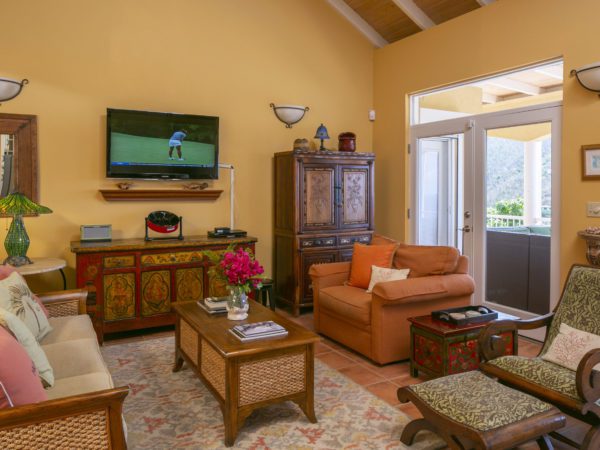
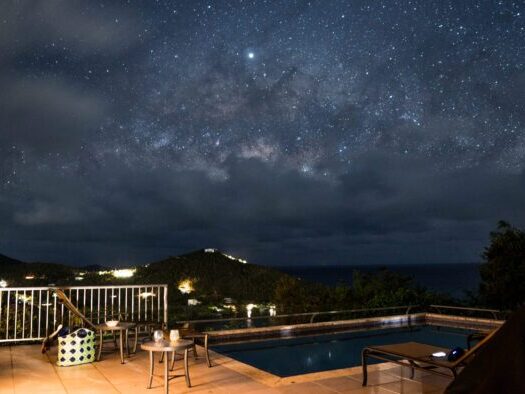
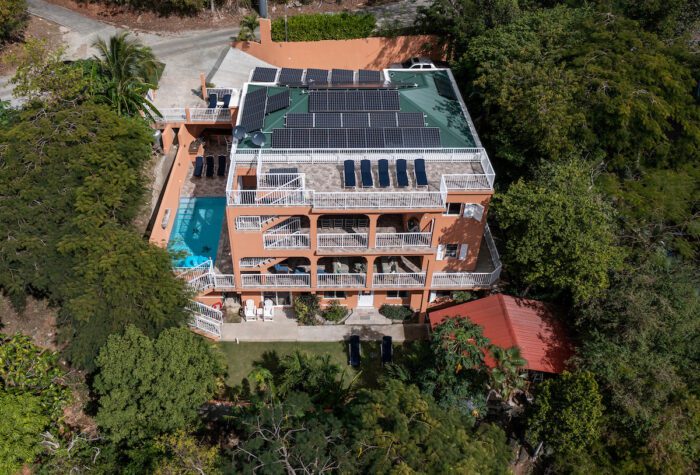
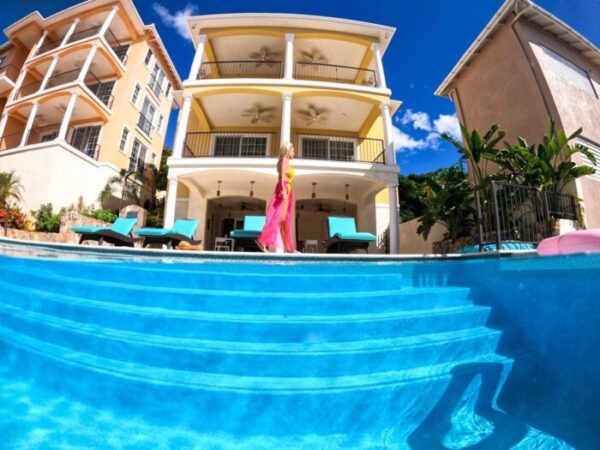
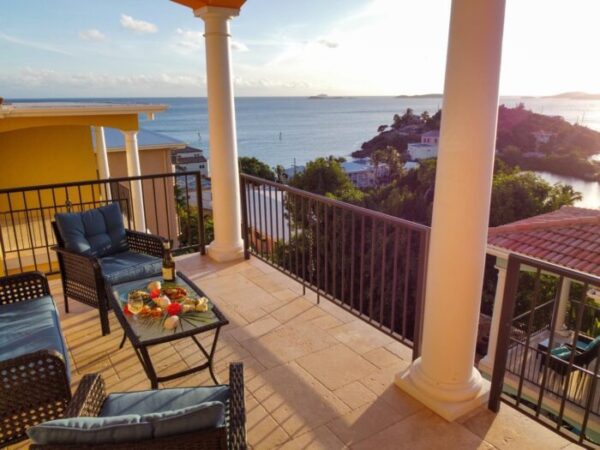
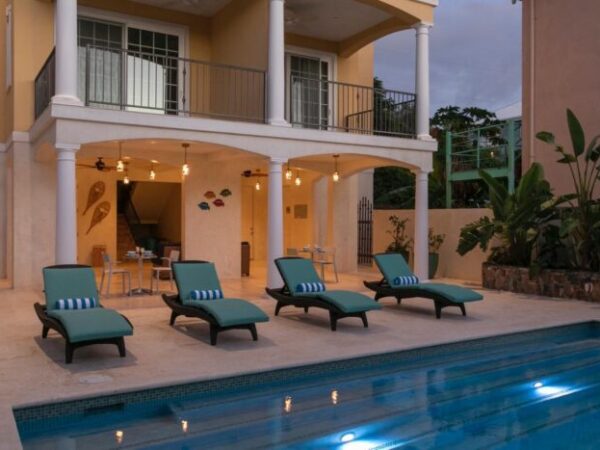
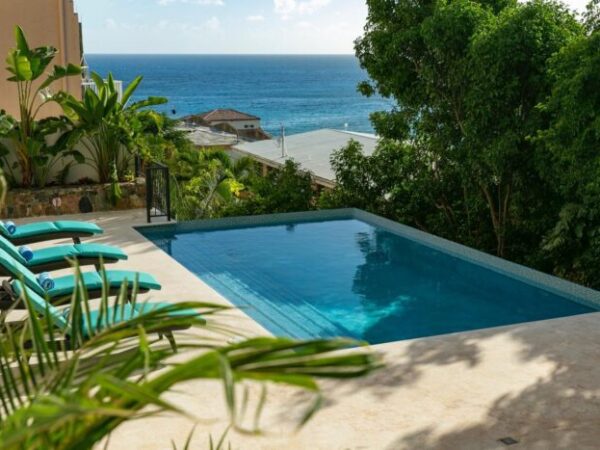


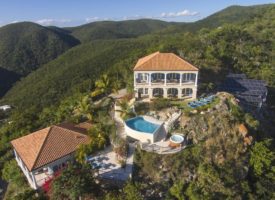
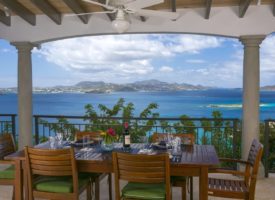
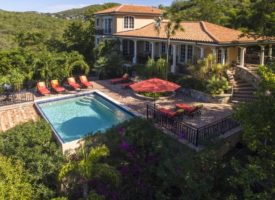
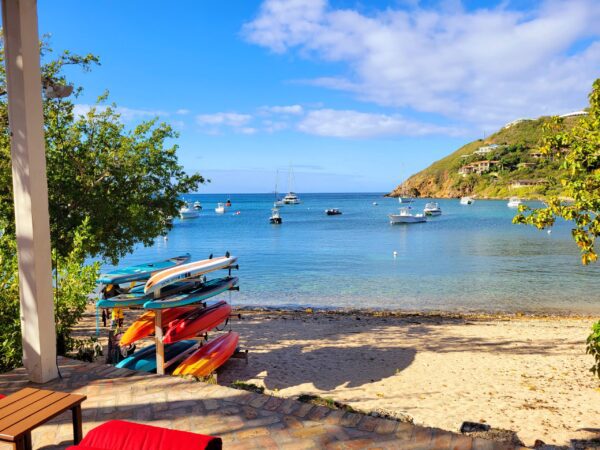
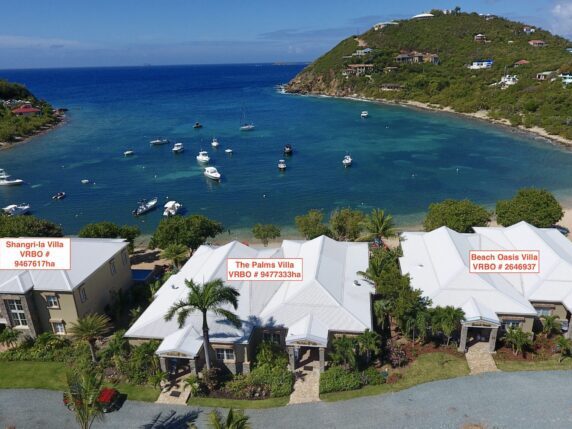
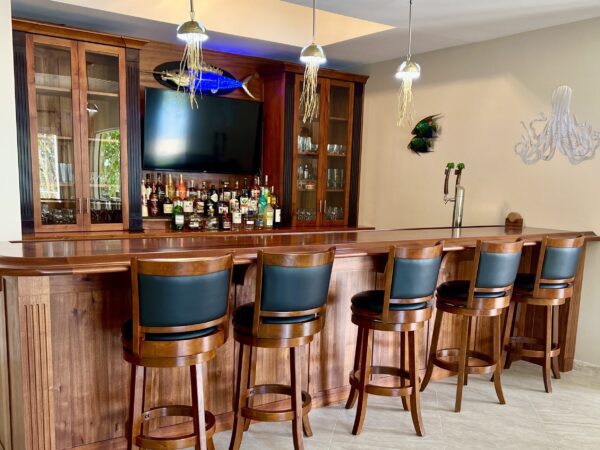
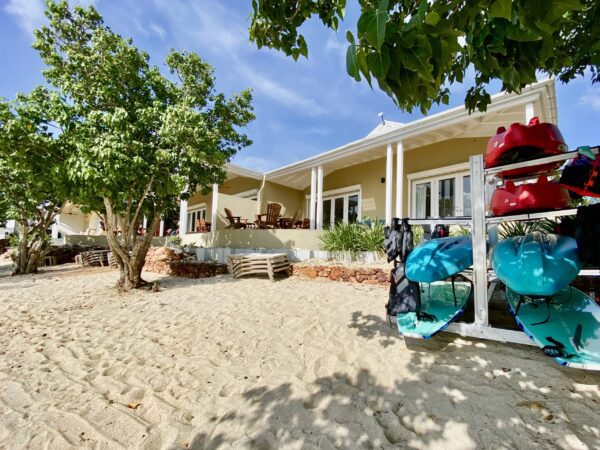
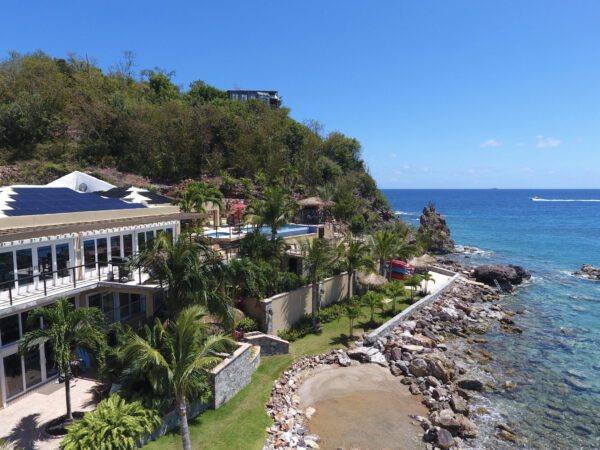
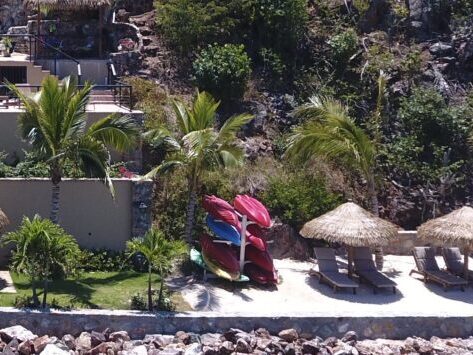
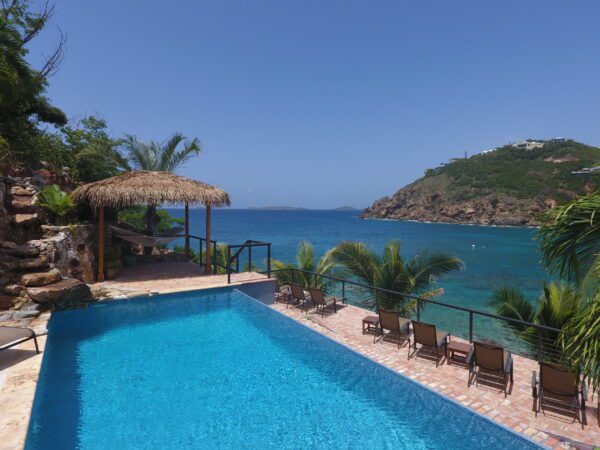
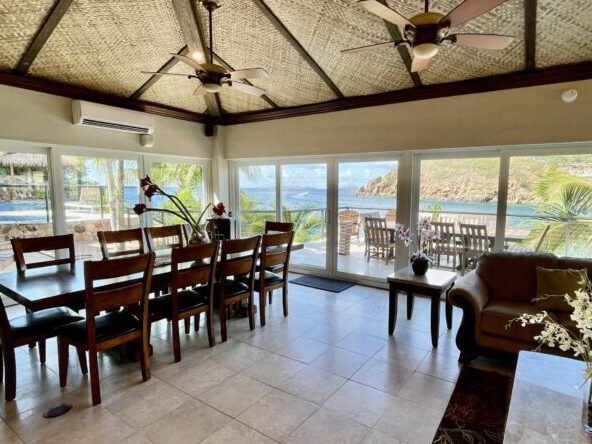
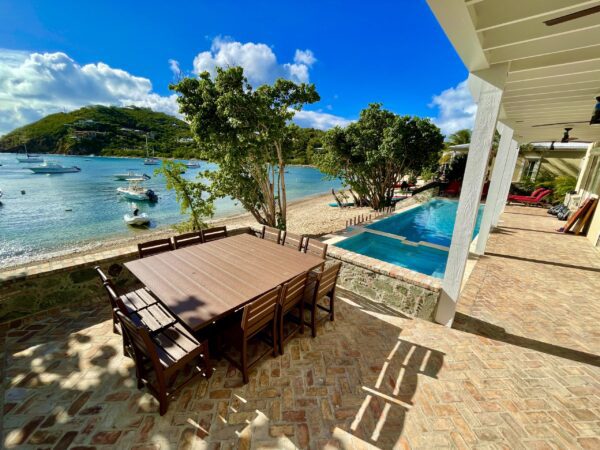

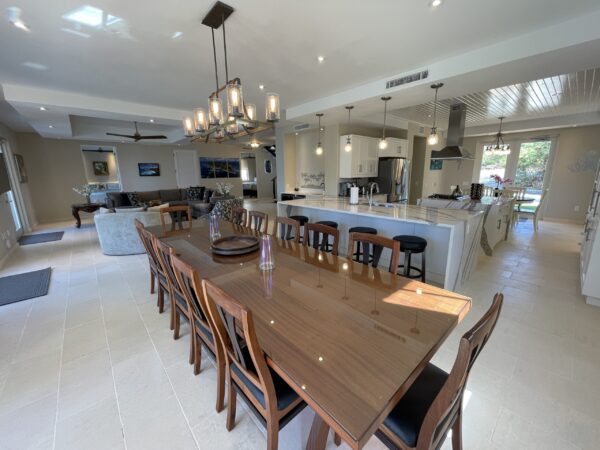
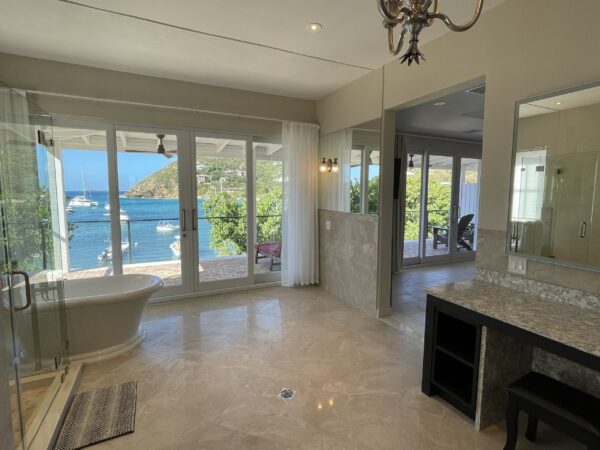

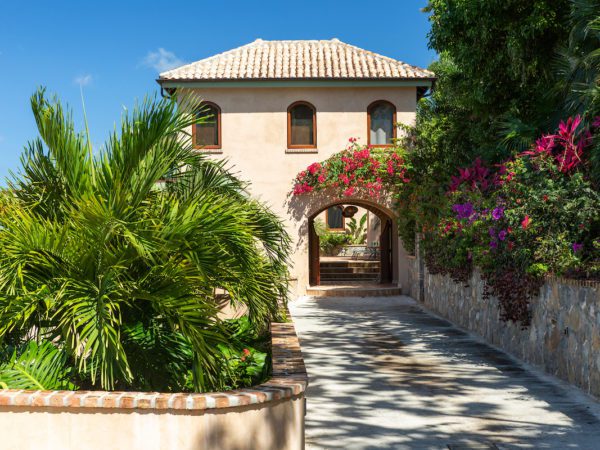
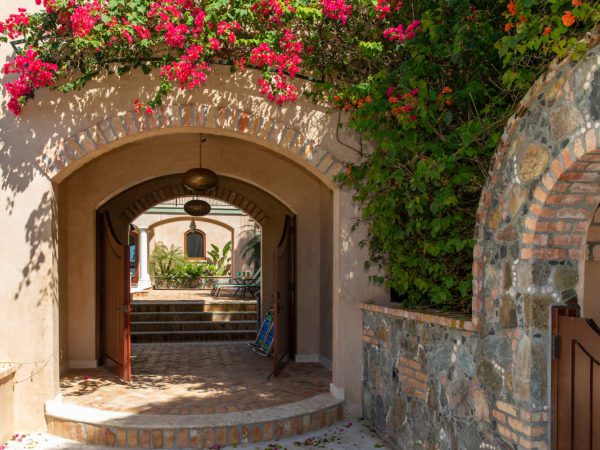
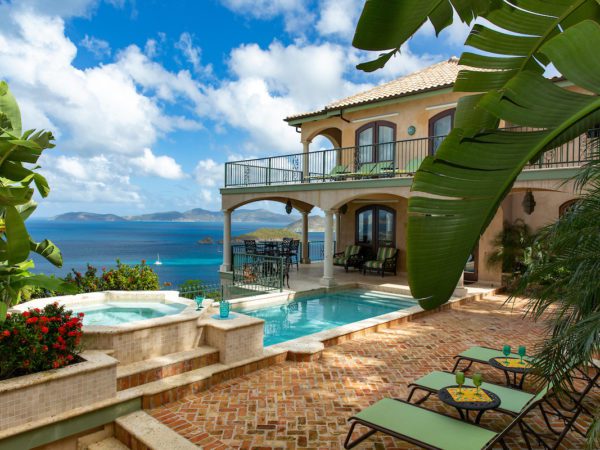
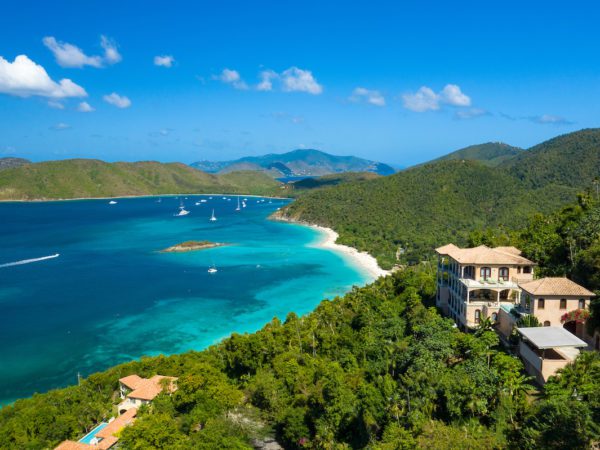
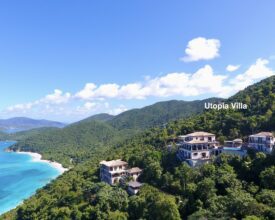
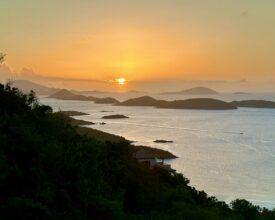
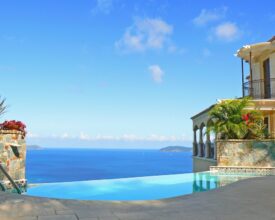


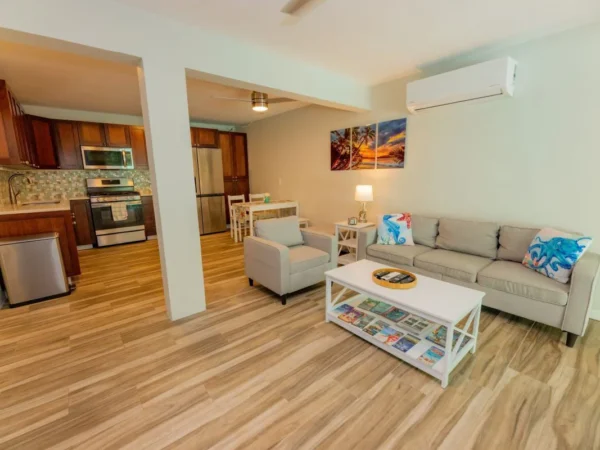
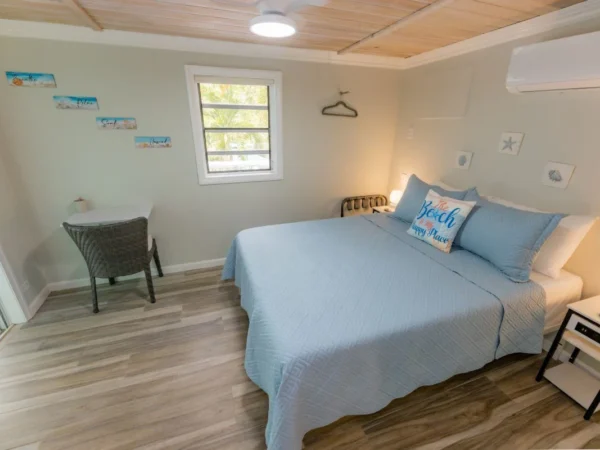
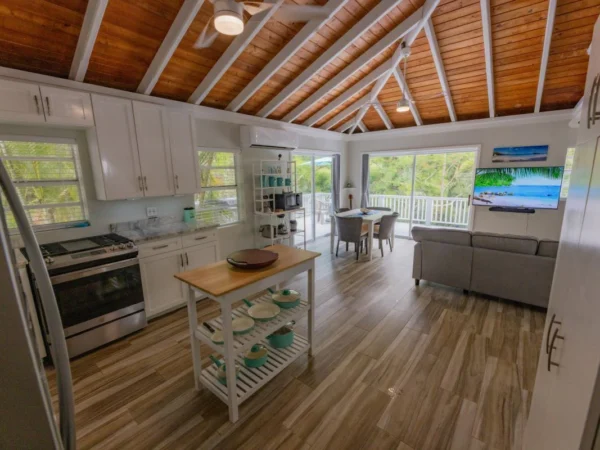



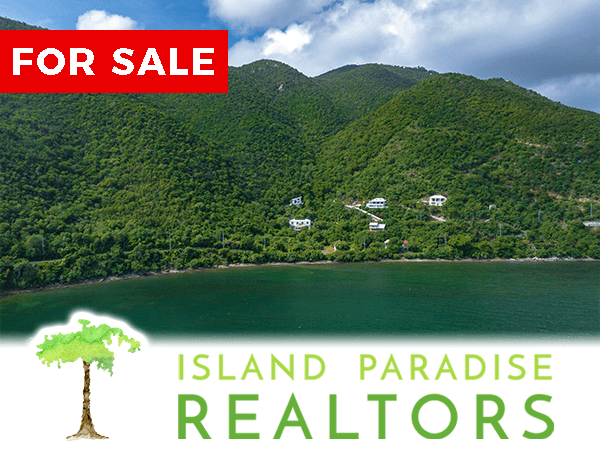
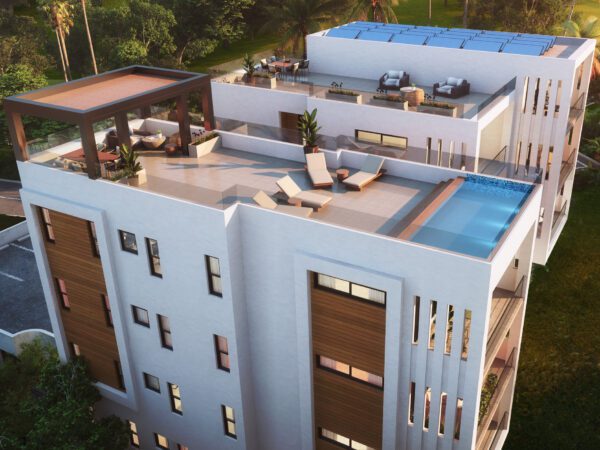
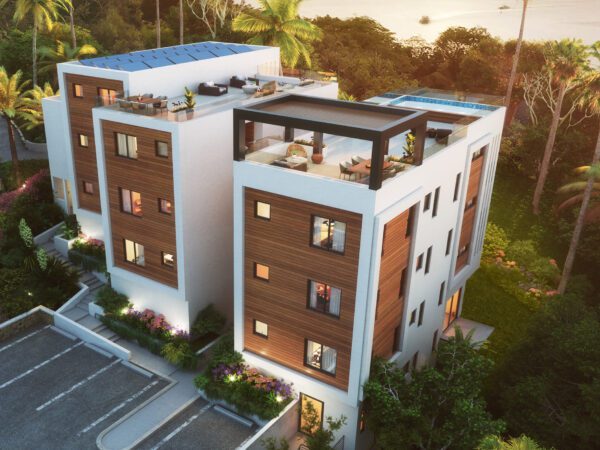
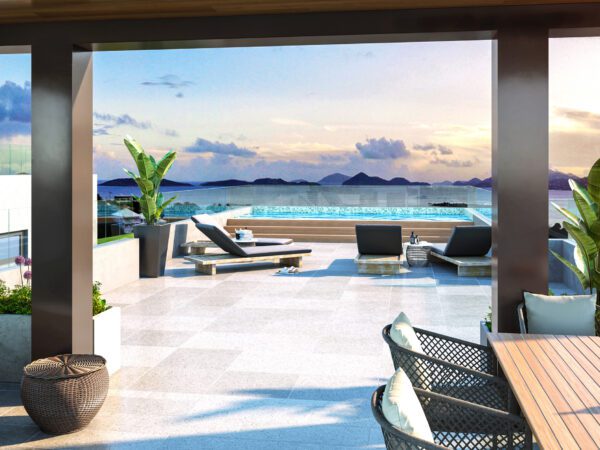

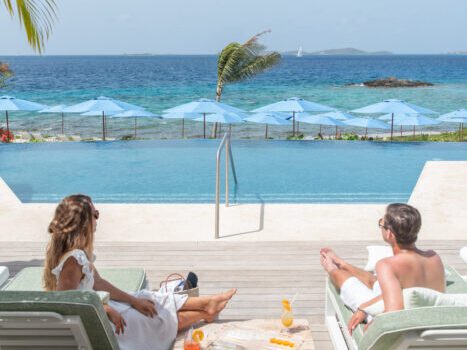
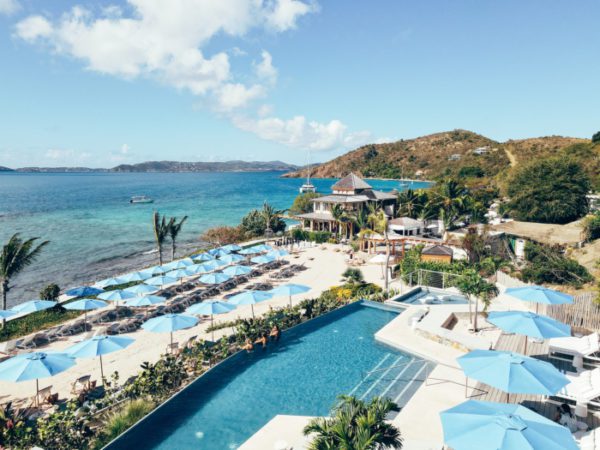
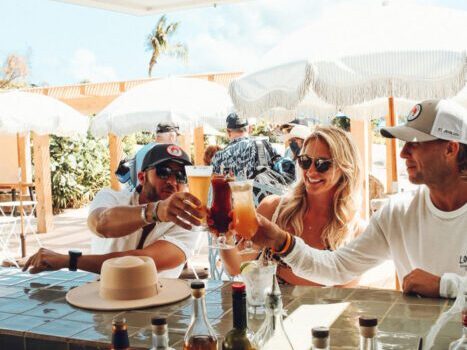
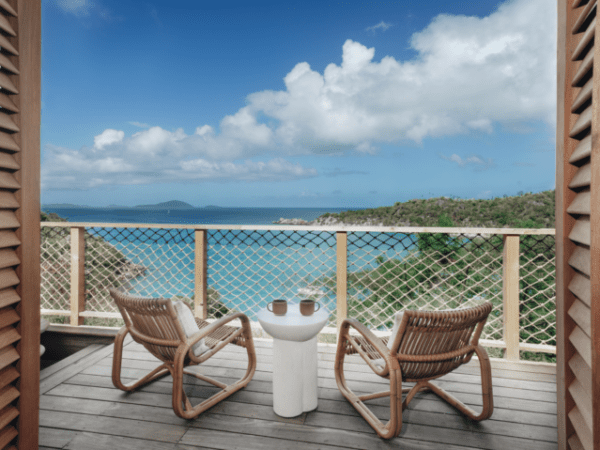
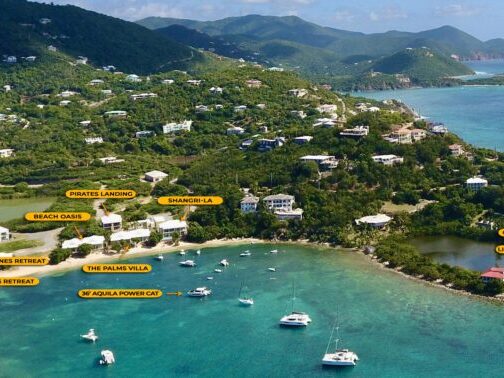
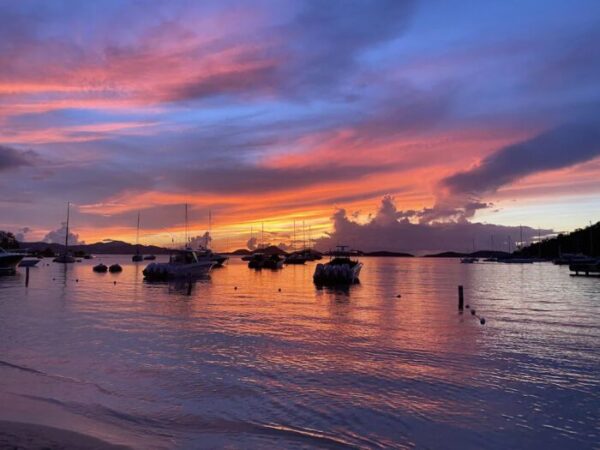
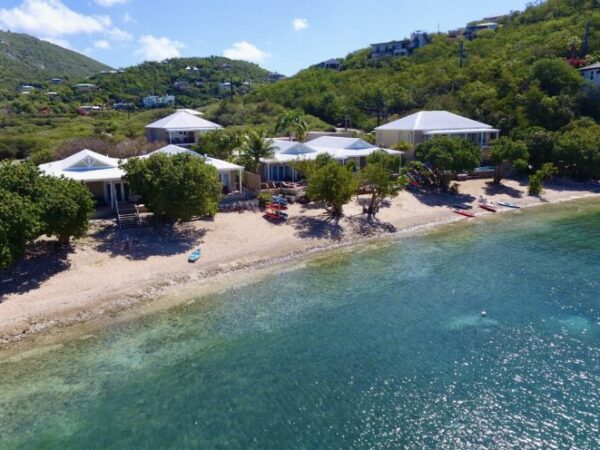
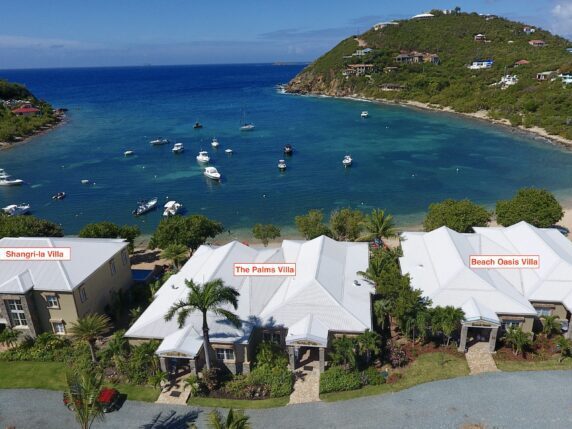
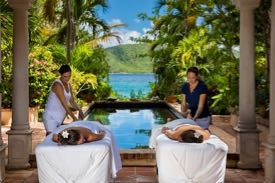

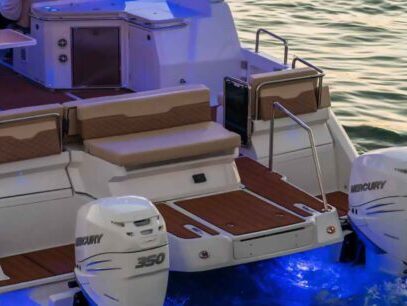
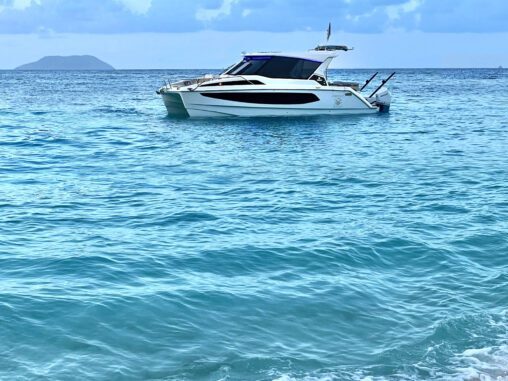


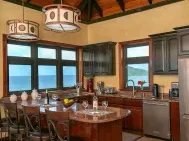
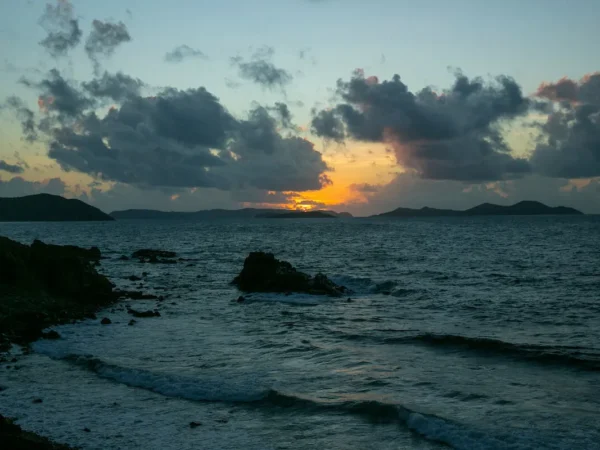
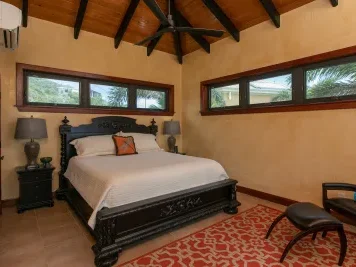
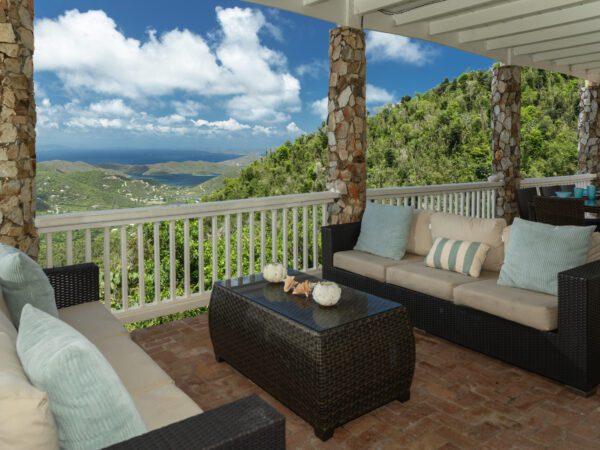
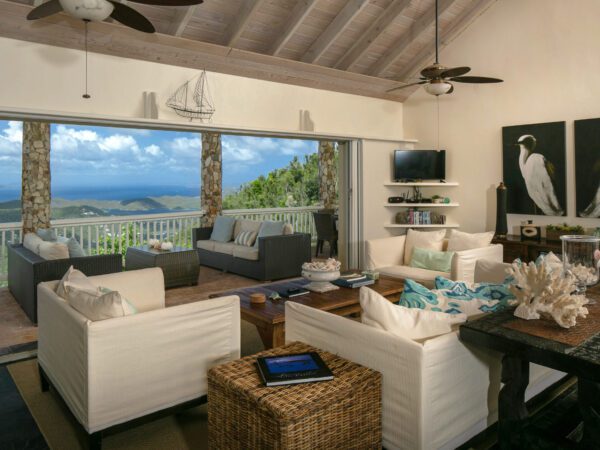
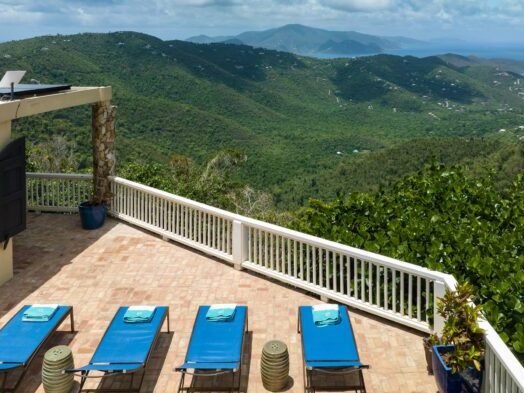
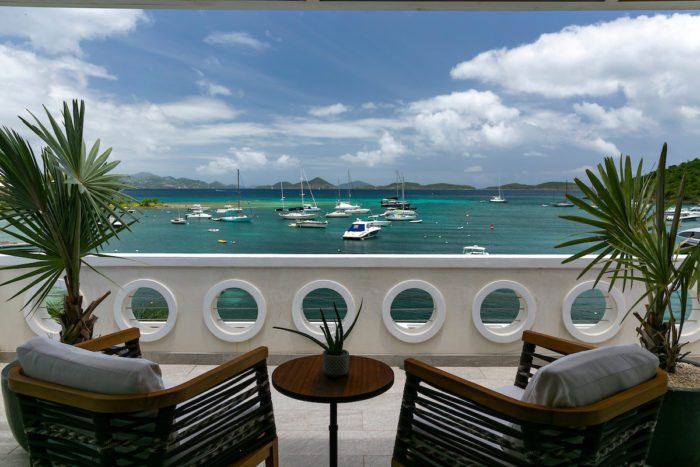

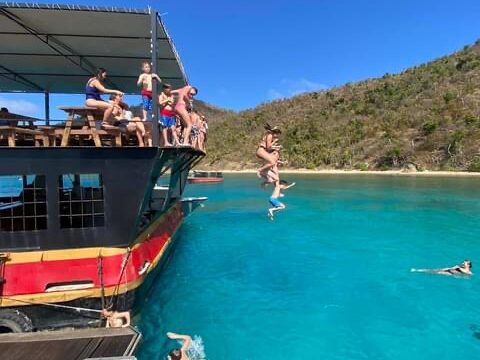
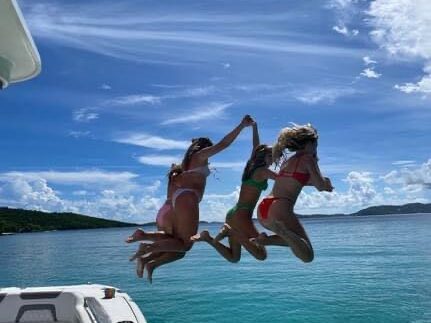
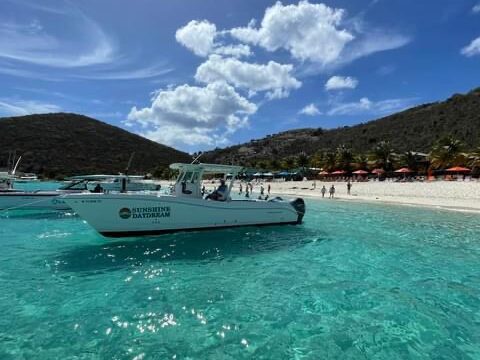
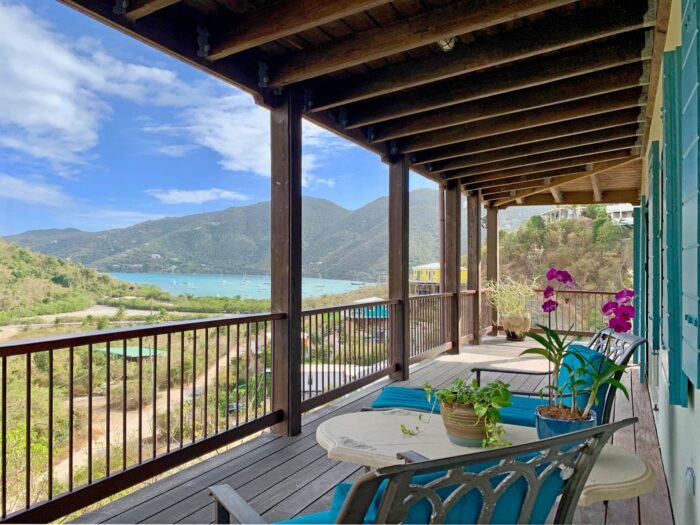
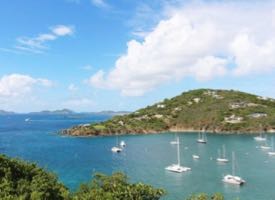
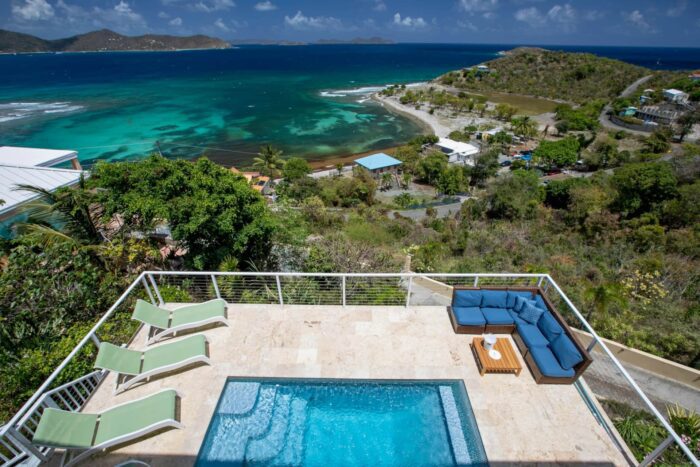


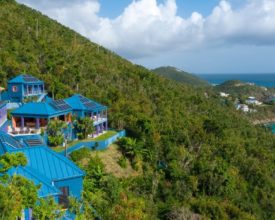
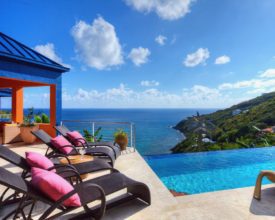
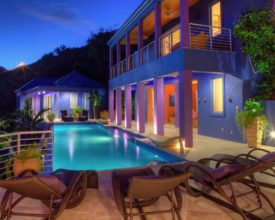
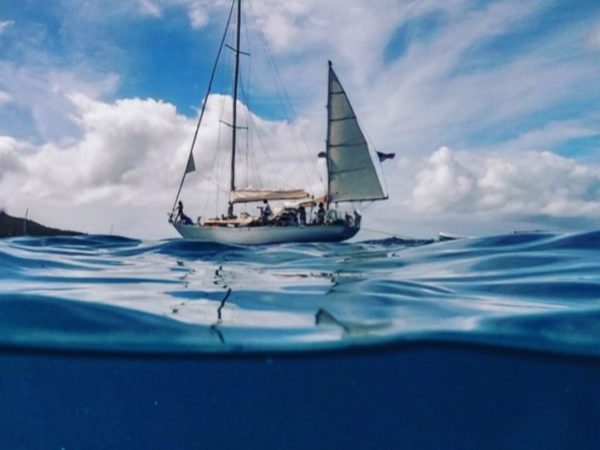
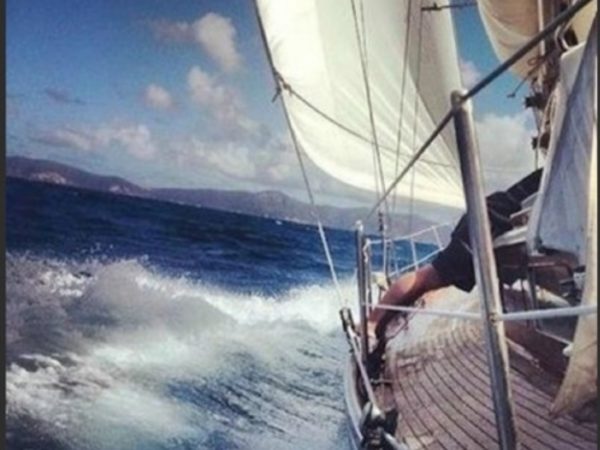

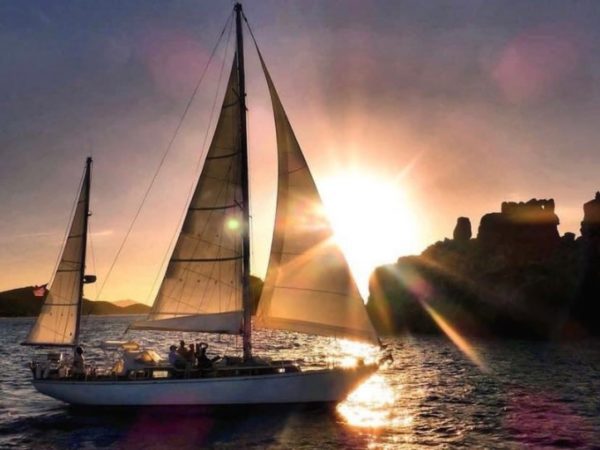
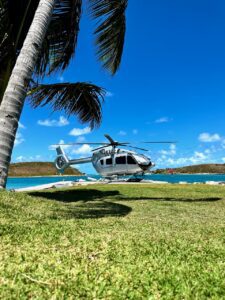

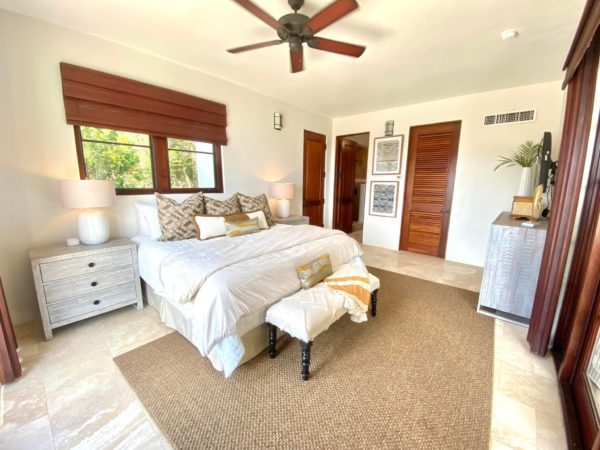
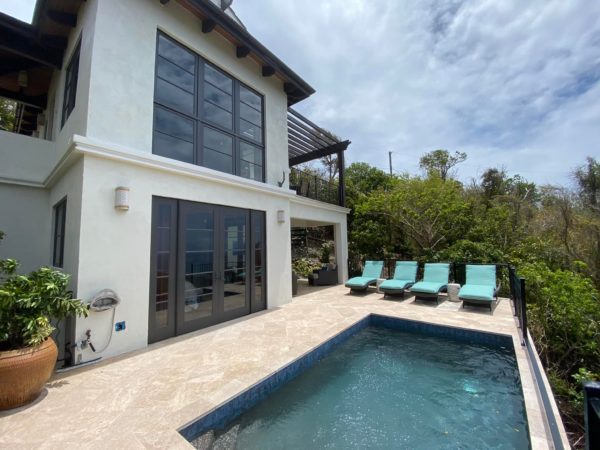
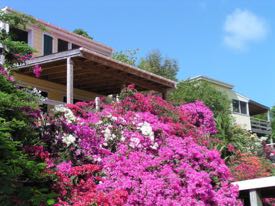
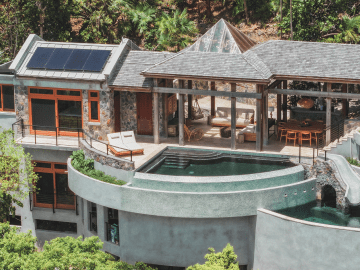
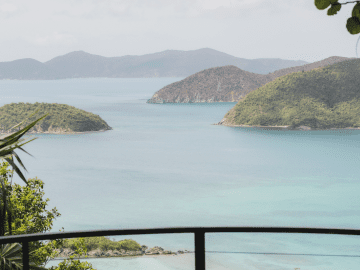
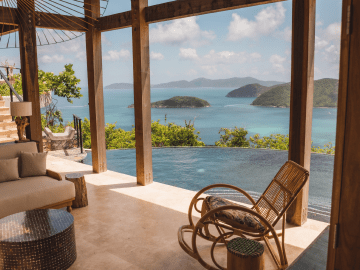
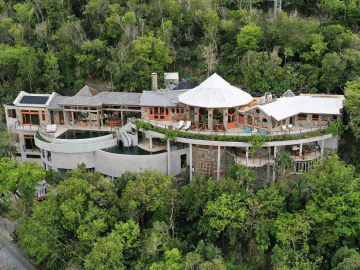
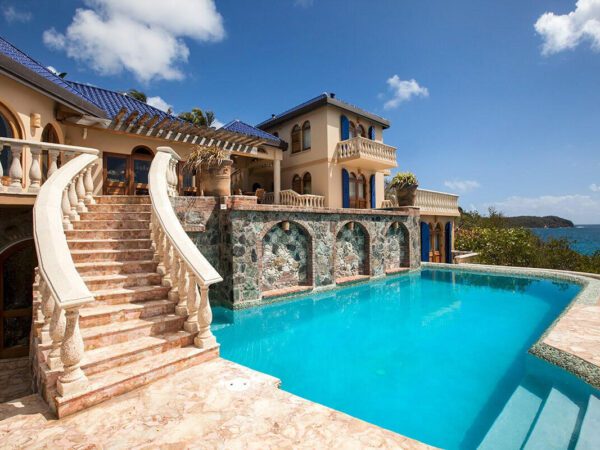
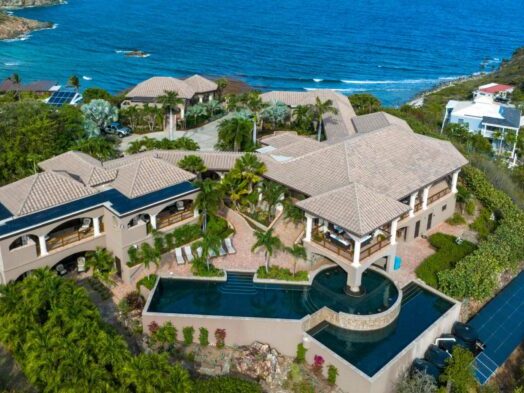
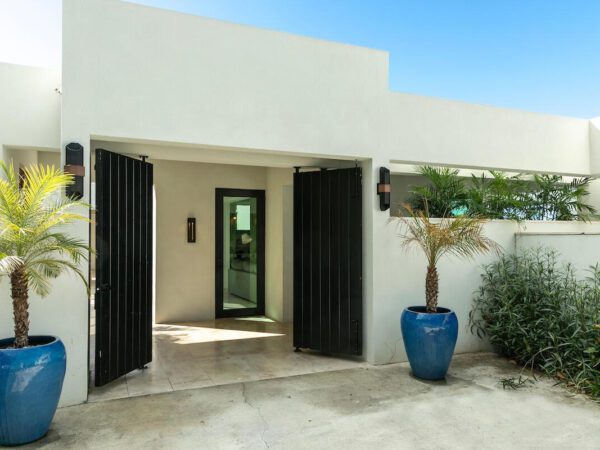
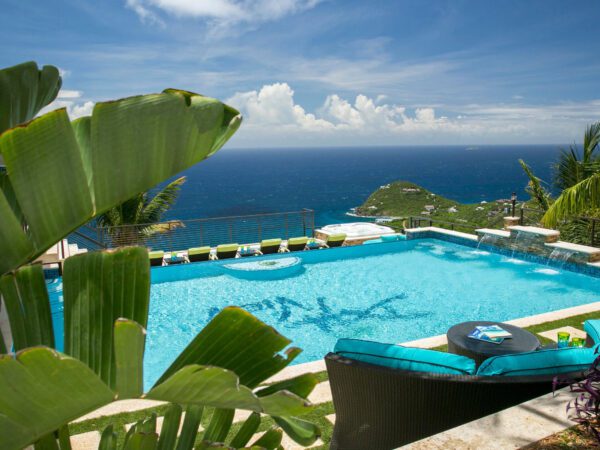
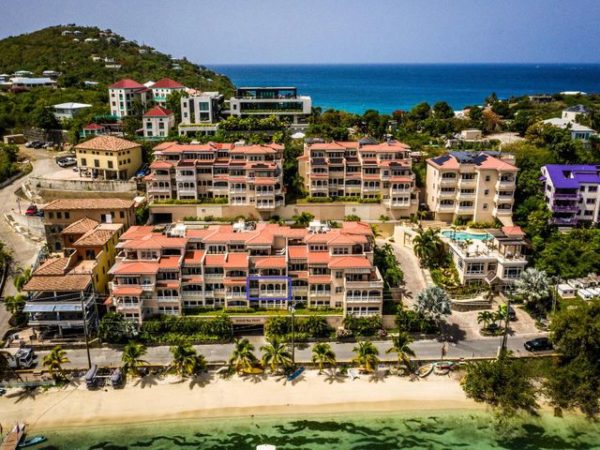
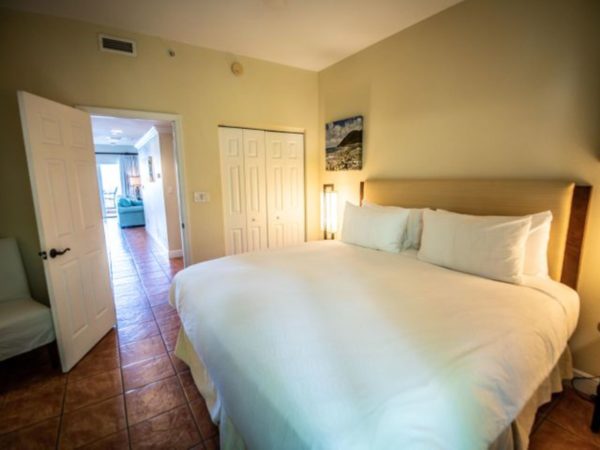
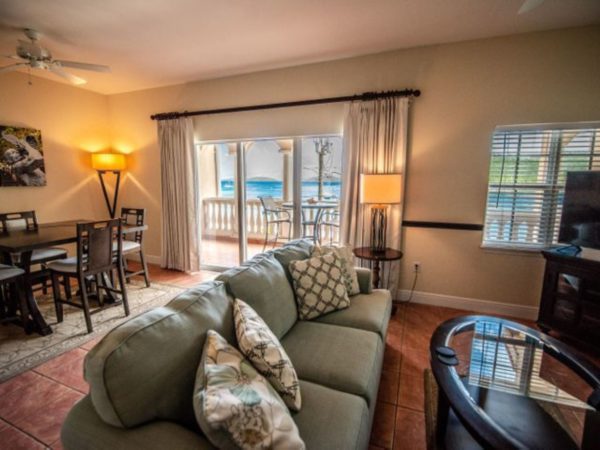
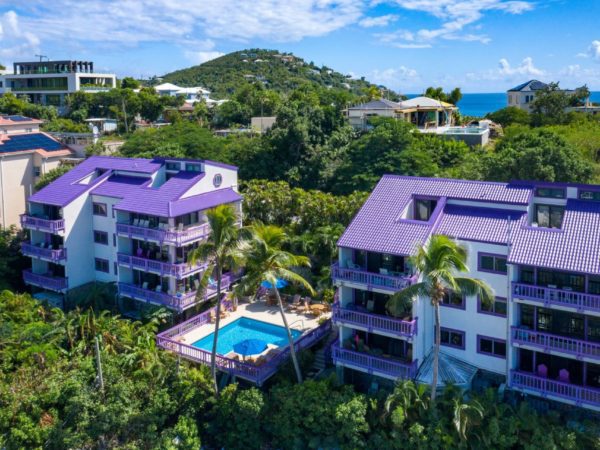
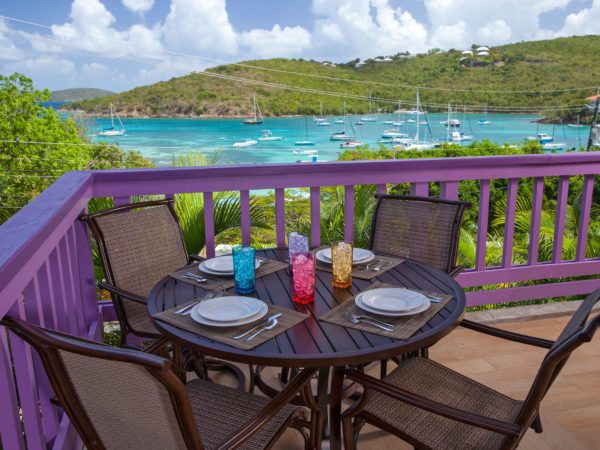
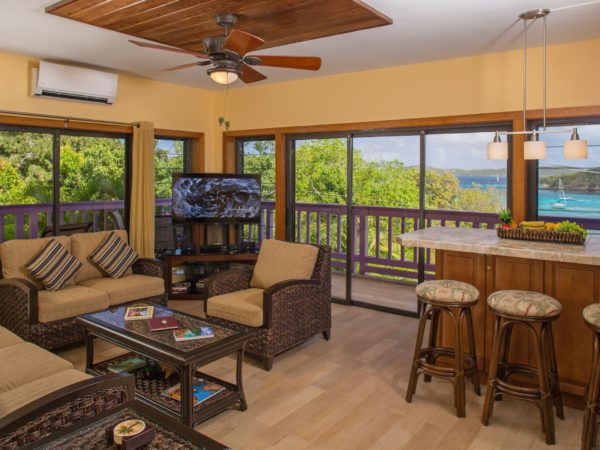
A well researched summary of many significant aspects of the Tainos, their culture and the known mistreatment and exploitation by Columbus as representative of the Isabel and Fernando Catholics crown regime, the same queen and king that proclaimed Spain as Catholic country and, by decree, expelled Jews and Muslims from the country unless they converted. Interesting history and balanced narrative in response to the ” official” history learned by many generations of islanders.
A fantastic job describing the deep cultural history of the island! Thank you!
Thank you so much for sharing this historic information. It’s heartbreaking but so important to spread the knowledge and support each other. Wow! So well written – thanks again. P
Well researched and written. Thanks, Eloise!
I enjoyed this article very much.
Very well written.
Thank you.
Lovely piece,well written , very informative. Just came back from St John, tried to get to the pteroglyphs in Lameshur but started the trail late and had to turn back. Look forward to reading more from you on VI history.
All the best ,
Ramón Sotomayor
What a shame a people can alter the future of another to the point of extinction. Greed will destroy this world. Excellent article.
Well put … similar sentiments
Excellent post. Very informative.
Thank you for sharing. Excellent and very interesting!
Thank you, appreciate the information.
Excellent article!
Well Done!! Love the story.
Well done. Great article.
Understanding the history of the islands drives a much deeper appreciation and respect for this marvelous piece of the world and its people. Thank you!
Amazing how unjust & cruel humans can be. To take a thriving, peaceful tribe to distinction ~ so very sad.
I’ve had the Taino Sun tattoo for years and enjoy it each time I look at it.
May the DNA thrive for Taino ancestry forever❣